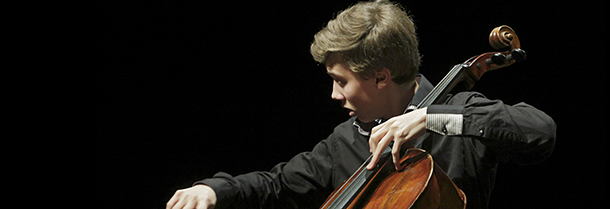Tag: Sonata in A major G 4
-

PROGRAM NOTES: JONATHAN ROOZEMAN
Luigi Boccherini Sonata in A major G 4 Luigi Boccherini was perhaps the greatest cellist of the 18th century, and like his compatriot of a previous generation, Domenico Scarlatti, he spent the most active portion of his professional life at the court of Spain. His royal patron, the Spanish Infante Don Luis Antonio, younger brother…

